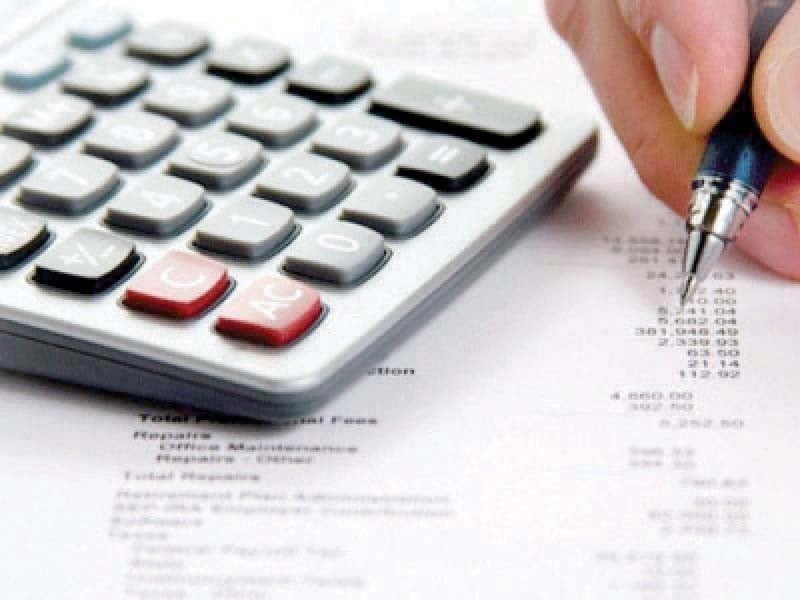Govt debt soars to Rs67.8tr in May M Haris
ISLAMABAD:
Despite a stable rupee, the federal government’s debt rose sharply to Rs67.8 trillion in May, marking one of the most rapid increases in any month, with an average of Rs56 billion per day added to the debt pile. The State Bank of Pakistan (SBP) reported on Friday that the federal government’s total debt, excluding liabilities and the International Monetary Fund (IMF) debt, increased by Rs1.73 trillion within one month. The stocks were Rs66.1 trillion by the end of April, according to the new debt bulletin.
As a result, the government’s debt reached Rs67.8 trillion by the end of May. Overall, Rs7 trillion were added to the debt stock during the first 11 months (July-May) of the last fiscal year, at an average of Rs21 billion per day. However, in May alone, the increase was Rs56 billion per day. Such abnormal increases were last witnessed during times of extreme currency fluctuations.
During the last fiscal year, the rupee gained against the US dollar, and it remained stable during the April-May period. Compared to June last year, the value of the rupee stabilised and even showed improvement in May. This stability helped mitigate the increase in external debt, combined with low credit ratings that hindered foreign commercial banks from extending new loans to Pakistan.
The rupee-dollar parity was Rs286.39 in June last year, which improved to Rs278.38 in May this year – a gain of Rs8 per dollar. As a result, the external federal government debt reduced from Rs22 trillion to Rs21.6 trillion over the past year due to the appreciation of the rupee against the US dollar.
The federal government’s total domestic debt increased to Rs46.2 trillion, rising by Rs7.12 trillion within one month. This raises questions over the debt management of the finance ministry and its fiscal operations. The sudden spike in debt also indicates that the government’s fiscal operations might have gone haywire. For the last fiscal year, the government had set the budget deficit target at Rs7.5 trillion, which is going to miss by a margin of around Rs1 trillion.
The Rs1.733 trillion increase in public debt in May alone suggests that the government has borrowed more than what was required to finance fiscal operations. Any financing over and above the budget deficit would cause an unnecessary addition to interest costs.
The increase was mainly in the government’s long-term debt, which jumped from Rs32 trillion to Rs33.4 trillion – an addition of Rs1.4 trillion within one month. The short-term domestic debt increased by Rs356 billion within one month, according to the central bank. The government’s long-term borrowings came at the highest rate of over 23%. It was not clear how much of the Rs1.4 trillion was on a fixed interest rate and how much was on a floating rate. Any borrowing at fixed interest rates over and above the budgetary needs might add undue burden on taxpayers’ shoulders.
The growing debt burden has also pushed the cost of interest payments from Rs8.3 trillion in the last fiscal year to Rs9.8 trillion this year. Out of Rs1.7 trillion in additional taxes that the government has imposed in the budget, Rs1.5 trillion would go straight to commercial banks. Despite repeated commitments to the IMF and the World Bank, the country’s Debt Management Office is operating under capacity, and the Ministry of Finance seems disinclined to reinforce it.
The National Assembly has also allowed the federal government to borrow Rs33.8 trillion for the repayment of principal loans and debt servicing this year. Except for the Rs9.8 trillion cost of interest on debt, which is part of the federal budget, the rest of the amount will not be booked in the budget and will be directly borrowed from domestic and foreign markets to repay loans obtained in the past by successive governments.
Interest payments on domestic and foreign loans will consume roughly 52% of the proposed budget of Rs18.9 trillion for this fiscal year. The government will borrow Rs19.1 trillion to repay maturing domestic debt this fiscal year. The government is going to borrow another Rs8.5 trillion this fiscal year to finance the budget deficit. It is spending on subsidies, defence, development, and running the civil government through debt.
The government’s policies to restrict the power sector circular debt through tariff increases have also failed. The Power Division on Friday informed the Cabinet Committee on Energy that the circular debt jumped to Rs2.655 trillion by the end of May, according to a press statement issued by the prime minister’s office. The Rs2.655 trillion circular debt was Rs345 billion over and above the limit permissible by the IMF.
The government had last year increased electricity prices by around Rs8 per unit to stop the flow of the circular debt, which again remained out of control as of the end of May. It has again increased the electricity price by up to Rs7.12 per unit – a move that will likely backfire as in the last fiscal year.


